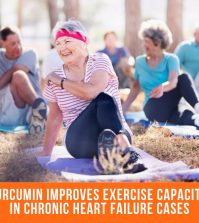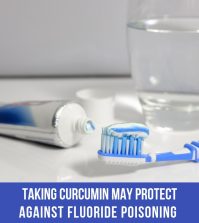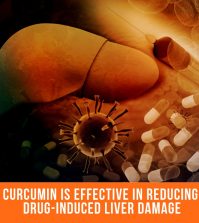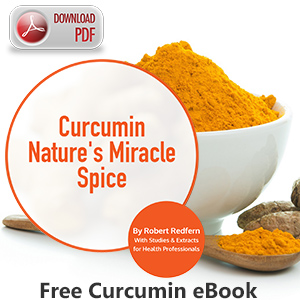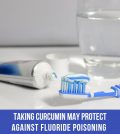Definition of Curcumin
Curcumin is the principal curcuminoid of the popular Indian spice turmeric, which is a member of the ginger family (Zingiberaceae). Turmeric’s other two curcuminoids are desmethoxycurcumin and bis-desmethoxycurcumin. The curcuminoids are natural phenols, and are responsible for the yellow color of turmeric. Curcumin can exist in several tautomeric forms, including a 1,3-diketo form and two equivalent enol forms. The enol form is more energetically stable in the solid phase and in solution.
Curcumin can be used for boron quantification in the curcumin method. It reacts with boric acid forming a red colored compound, known as rosocyanine.
Curcumin is brightly yellow colored and may be used as a food coloring. As a food additive, its E number is E100.
Chemistry
Curcumin incorporates several functional groups. The aromatic ring systems, which are polyphenols are connected by two α,β-unsaturated carbonyl groups. The diketones form stable enols or are easily deprotonated and form enolates, while the α,β-unsaturated carbonyl is a good Michael acceptor and undergoes nucleophilic addition. The structure was first identified in 1910 by J. Miłobędzka, Stanisław Kostanecki and Wiktor Lampe.
Curcumin is used as an indicator for boron in EPA Method 212.3.
Potential Medical Uses
Although many preclinical studies suggest curcumin may be useful for the prevention and treatment of several diseases, the effectiveness of curcumin has not yet been demonstrated in randomized, placebo-controlled, double-blind clinical trials.
A daily dose of 2 grams of Curcuma domestica extract was found to provide pain relief that was equivalent to ibuprofen for the relief of pain associated with osteoarthritis of the knee. An extensive survey of the literature shows a number of other potential uses and that daily doses over a 3 month period of up to 12 grams proved safe. Commercial capsules of curcumin contain Meriva®, a phytosome formulation that aids the absorption of curcumin into the bloodstream. However, as curcuma is known to inhibit blood clotting, it should be avoided for a two week period prior to major surgery and not used in conjunction with blood thinners such as warfarin and Plavix. It is also known to aggravate gallstone problems.
Bioavailability
In Phase I clinical trials, dietary curcumin was shown to exhibit poor bioavailability (i.e. low levels in plasma and tissues). Potential factors that limit the bioavailability of curcumin include poor absorption, rapid metabolism, and rapid systemic elimination. Numerous approaches to increasing curcumin bioavailability have been explored including the use of adjuvants, which interfere with glucuronidation; liposomal curcumin; nanoparticles; curcumin phospholipid complexes; and structural analogues of curcumin (e.g., EF-24).
The bioavailability of curcumin ingested in foods may be increased as a result of cooking or dissolution in oil.
References


